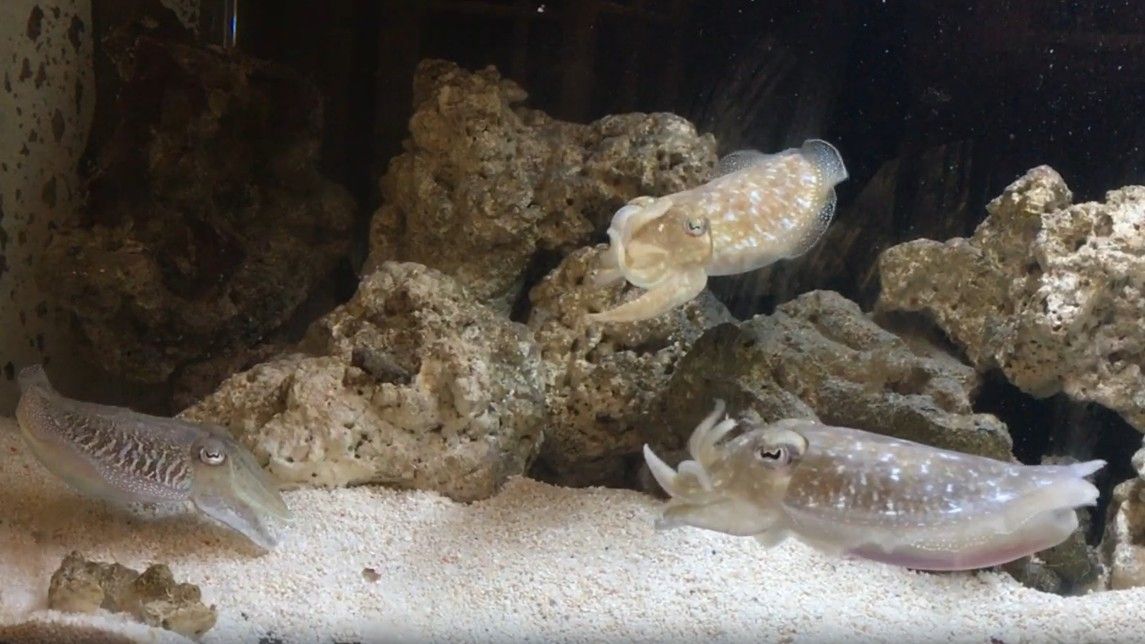Tentacle Talk: Cuttlefish's Mysterious 'Wave' Language Decoded by Researchers

In the mesmerizing underwater world, cuttlefish have developed a remarkable communication system that turns their skin into a living canvas of dynamic signals. These intelligent marine creatures can instantaneously transform their skin's patterns and colors, creating a sophisticated visual language that goes far beyond simple camouflage.
Scientists have discovered that cuttlefish use their extraordinary skin as a complex communication tool. By rapidly changing colors and projecting intricate patterns, they can convey messages to potential mates, warn off predators, or signal their emotional state. Not content with just visual displays, these clever creatures also employ tentacle movements that add vibrational dimensions to their communication, creating a multi-sensory signaling method that is both sophisticated and fascinating.
The ability to flash complex patterns and colors with such precision makes cuttlefish one of the most communicative creatures in the marine ecosystem, showcasing nature's incredible capacity for non-verbal communication.
